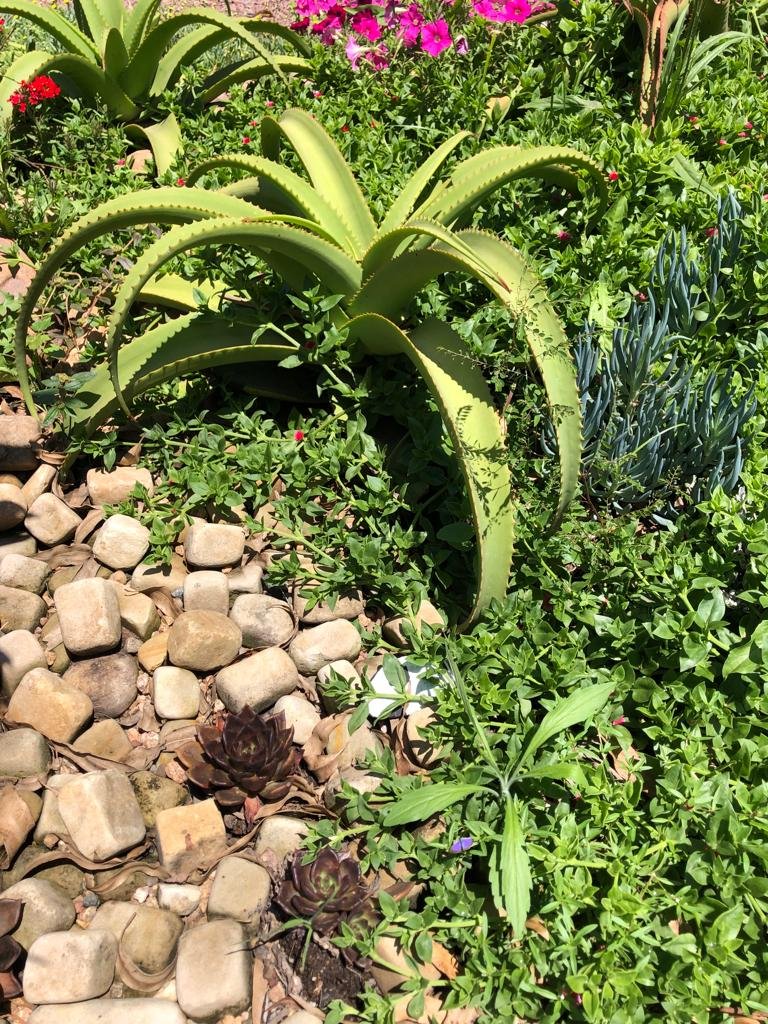Looking after a garden is an ongoing affair and like any relationship, it really does take regular and ongoing maintenance, especially at this time of the year. With all the rain, weeds grow faster than the plants so generally speaking every plant in your garden needs to be cared for specifically.
Corobrik Course at Growers University, North Coast KZN
Paving: Clay Brick Pavers vs. Concrete Pavers
Paving: When is the best time?
The timing of your driveway paving and paved pathways is crucial to the final look of the paving. If paving is being installed when there are still too many heavy materials being delivered to the site it may cause damage and unnecessary wear to the freshly paved surfaces. Heavy and dusty base stone are compacted into place, using the noisy and heavy machinery needed can negatively affect trees and plants. For this reason it is highly advisable that any landscape planting adjacent to proposed paved areas be delayed until the pathways and driveway paving have been installed.
Before the base layer of aggregate is compacted into place, and long before any paving materials are delivered , services required to your home need to be accommodated for by installing a plastic sleeves across the driveway. This will avoid having to dig up trenches through your completed paving for last minute Telkom or Eskom connections. The following services should be considered for this sleeve:
· Telecommunications
· Garden lighting and driveway lighting cables
· Irrigation piping
· Certain housing estates specify sleeves for the Estates’ various services that need to cross your driveway
· Mains water and or power supply if necessary
When considering when to lay paving, the only seasonal factor to consider is rainfall. For timeous and efficient paving installations one does not want rain to delay the work schedule. Some climatic conditions such as rainfall plays a very large role in ‘rain day delays'. In those types of climates one would definitely plan to install paving in the dryer months of the year.
The rule of thumb is:
1. Choose a dry week
2. Get all the dirty work done as efficiently as possible
3. Compliment your paving investment with a beautifully designed and layed out landscape.
Paving: Cobble Stones
Cobbles provide an attractive finish to surfaces that need to be aesthetically appealing. Cobbles in the landscape are ideal for driveways, roadways and walkways as they are both pedestrian user and vehice friendly.
In years gone by Cobblestones stones were frequently used in the pavement of early streets. "Cobble", means "rounded lump” and originally referred to any small stone rounded by the flow of water; essentially, a large pebble. It was these smooth "cobbles", gathered from stream beds that paved the first "cobblestone" streets. Now days Cobblestones are available in dome, flat or Tuscan styles
Cobblestones are either set in sand or similar material, or are bound together with mortar. Paving with cobblestones allows a road to be heavily used all year long. It has the additional advantage of not getting muddy in wet weather or dusty in dry weather.
Today’s cobblestones set in sand have the environmental advantage of being porous, this allows for the drainage of surface water which then permeates into your landscape and garden instead of being washed out into the storm water system.
We are spoilt for choice as there is a large selection of cobblestones available on the market today. The designs are particularly attractive using superior technology and colours enhancing any small garden and yard or large commercial landscape projects.
Paving: Small Spaces
Paving Small Spaces: How many times do you look at your outdoor space and think that if you just extended your paving by a little it would improve the functionality of the space? And how many times do you discount the idea because you just do not know who to even ask to do a neat and professional paving extension for you?
Garden Ideas: Paving Smaller Landscapes
Landscaping Design: 4 Benefits of Employing a Landscaping Designer
Hiring a Landscape Designer
Just a few things to consider when deciding on your next landscaping adventure, for example An experienced Landscape Designer not only keeps abreast of trends but also understands and applies design principles for proportion, texture, colour and focal points so that the end result harmonious.
Landscaping Tips: Being Wise With Water
If you have planted an indigenous garden, well then a BIG congratulations is in order!
Your indigenous garden is going to adequately survive the water restrictions. A few more weeks into water restrictions and you will look around and realise that indigenous plants are plants that genuinely can survive these extreme conditions because they have adapted to the water stressed conditions we experience from time to time here in sunny South Africa.










